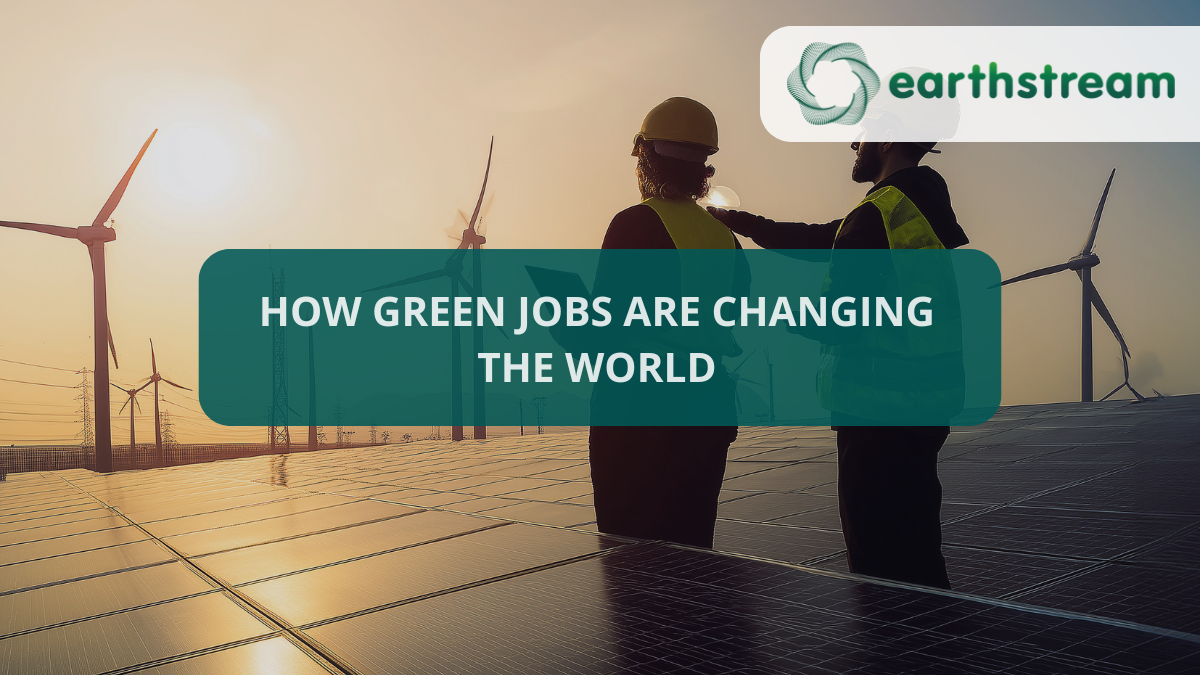insights & resources
Scroll to discover

Blogs
How Green Jobs Are Changing the World
Time is of the essence when it comes to climate change. In the race to clean up the environment and reduce reliance on fossil fuels, green jobs have become a lifeline, but how exactly are they changing our current job landscape? Key Takeaways: Green jobs seem to create real opportunities in renewable energy, and drive employment and economic change They may reduce our carbon footprint and encourage more sustainable business practices Green careers require diverse skills, but could be especially rewarding for people who are passionate about environmental impact What Exactly Are Green Jobs? These are positions focused on protecting or restoring our environment. Whether driven...
categories
Show All
Blogs
Reports
News

Blogs
5 min read
How Green Jobs Are Changing the World

News
2 min read
EarthStream Shortlisted at the British Recruitment Awards 2025

Reports
4 min read
EarthStream Global Salary Guide 2025

News
2 min read
EarthStream Shortlisted at the 2025 Recruiter Awards

Blogs
5 min read
The AI Data Centre Jobs Boom: Industry Growth and Career Opportunities

News
3 min read
EarthStream Global Achieves Platinum Trusted Service Award

Blogs
Building the Green Workforce of Tomorrow: Bridging the Skills Gap for a Sustainable Future

News
2 min read
Xcede Group Win at the TIARA Awards

News
2 min read
EarthStream Global Nominated at the British Recruitment Awards

Blogs
5 min read
Power Your Career: Expert Advice for Thriving in the Renewable Energy Sector

News
2 min read
Xcede Group Makes the Fast 50 List Again

News
3 min read
EarthStream Global: Engineering Recruitment Specialists
1 - 3